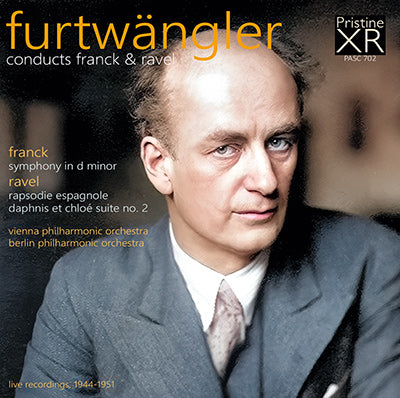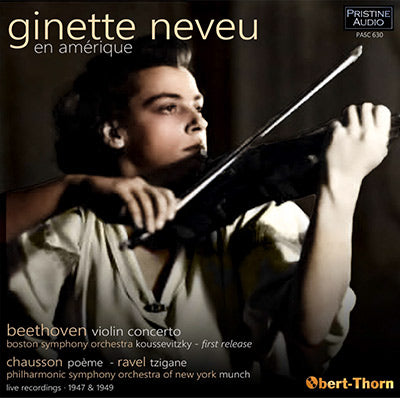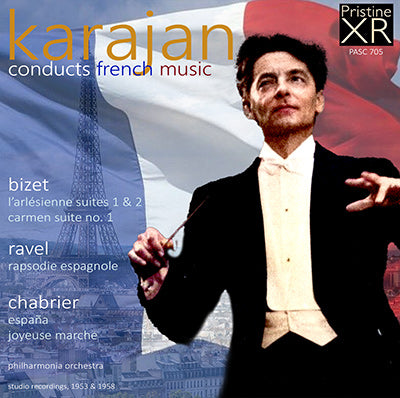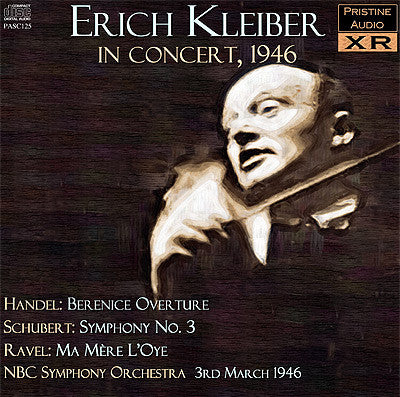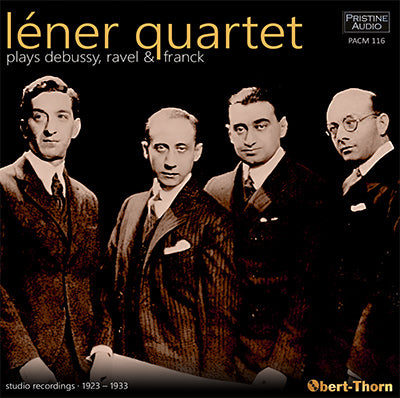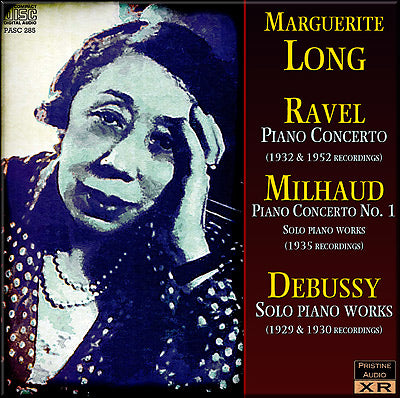Ravel
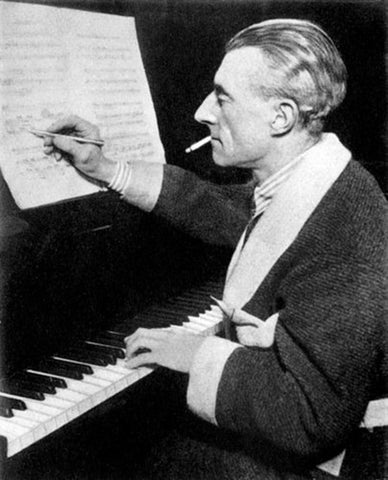
Born to a music-loving family, Ravel attended France's premier music college, the Paris Conservatoire; he was not well regarded by its conservative establishment, whose biased treatment of him caused a scandal. After leaving the Conservatoire Ravel found his own way as a composer, developing a style of great clarity, incorporating elements of baroque, neoclassicism and, in his later works, jazz. He liked to experiment with musical form, as in his best-known work, Boléro (1928), in which repetition takes the place of development. He made some orchestral arrangements of other composers' music, of which his 1922 version of Mussorgsky's Pictures at an Exhibition is the best known.
As a slow and painstaking worker, Ravel composed fewer pieces than many of his contemporaries. Among his works to enter the repertoire are pieces for piano, chamber music, two piano concertos, ballet music, two operas, orchestral music, and eight song cycles; he wrote no symphonies and only one religious work ("Kaddish"), which is merely an arrangement of pre-existent Hebrew liturgical melodies. Many of his piano pieces also exist in the form of orchestrations made years after their original conception. Some of his piano music, such as Gaspard de la nuit (1908), is exceptionally difficult to play, and some of his complex orchestral scores, such as the music for the ballet Daphnis et Chloé (1912), require great conducting skill to realize successfully.
Ravel was among the first composers to recognise the potential of recording to bring their music to a wider public. From the 1920s, despite limited technique as a pianist or conductor, he took part in recordings of several of his works; others were made under his supervision.

Ravel
Born to a music-loving family, Ravel attended France's premier music college, the Pari...
FRANCK Symphony in D minor
RAVEL Rapsodie Espagnole
RAVEL Daphnis et Chloé Suite No. 2
Live recordings, 1944 - 1951
Total duration: 71:41
Vienna Philharmonic Orchestra
Berlin Philharmonic Orchestra
conducted by Wilhelm Furtwängler
BEETHOVEN Violin Concerto
CHAUSSON Poème
RAVEL Tzigane
Live broadcast recordings, 1947/49
Total duration: 77:17
Ginette Neveu. violin
Boston Symphony Orchestra
conducted by Serge Koussevitzky
Philharmonic-Symphony Orchestra of New York
conducted by Charles Munch
BIZET L'Arlésienne, Suite No. 1
BIZET L'Arlésienne, Suite No. 2
BIZET Carmen, Suite No. 1
RAVEL Rapsodie espagnole
CHABRIER España
CHABRIER Joyeuse marche
Studio recordings, 1953 & 1958
Total duration: 71:50
Philharmonia Orchestra
conducted by Herbert von Karajan
HANDEL Overture to Berenice
SCHUBERT Symphony No. 3 in D, D200
RAVEL Ma Mère l'Oye
Recorded 1946
Total duration: 45:41
NBC Symphony Orchestra
conducted by Erich Kleiber
DEBUSSY String Quartet
RAVEL String Quartet
FRANCK Piano Quintet
Studio recordings, 1923-33
Total duration: 63:35
Léner String Quartet
Jenő Léner (violin I)
Josef Smilovits (violin II)
Sándor Róth (viola)
Imre Hartman (cello)
Olga Loeser-Lebert (piano)
RAVEL Piano Concerto in G
MILHAUD Piano Concerto No. 1
MILHAUD & DEBUSSY Short pieces
Recorded in 1929, 1930, 1932, 1935 and 1952
Total duration: 72:56
Marguerite Long, piano
Symphony Orchestras
conductor Pedro de Freitas Branco
supervisor Maurice Ravel
conductor Darius Milhaud
conductor Georges Tzipine

